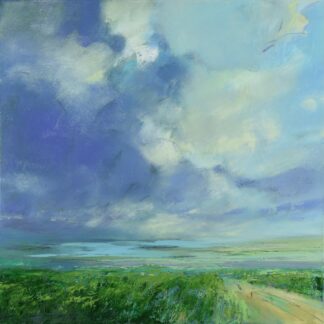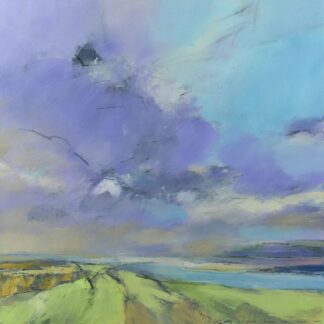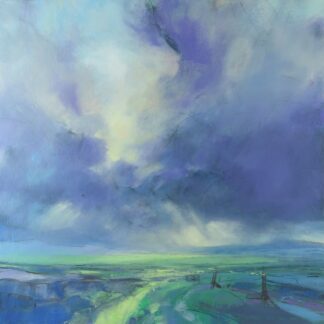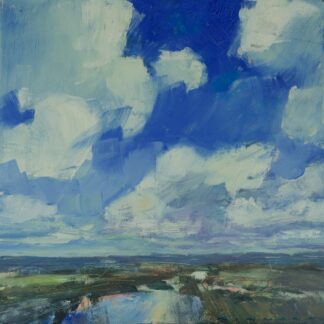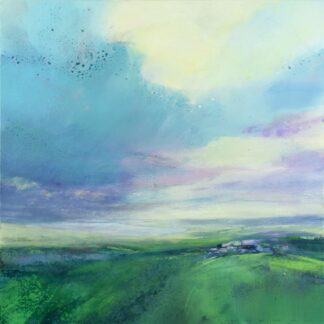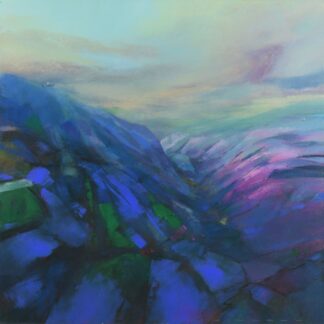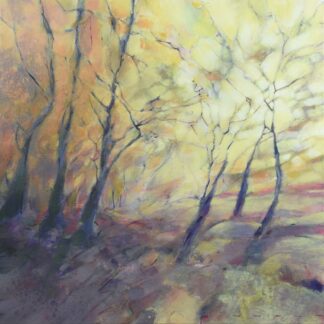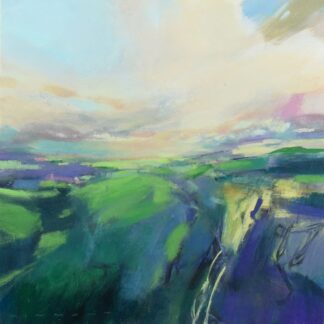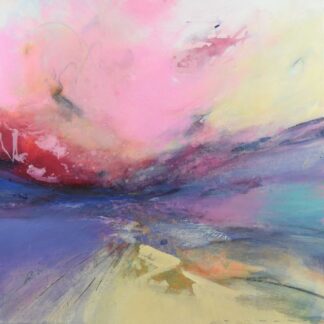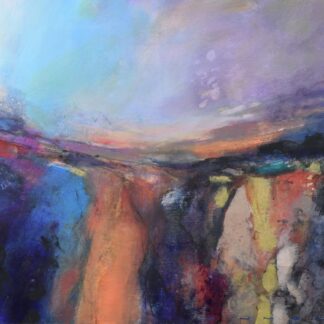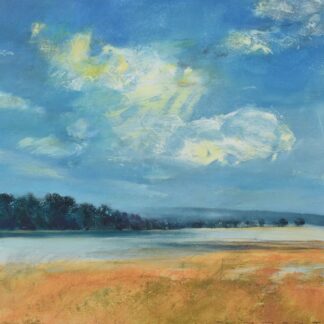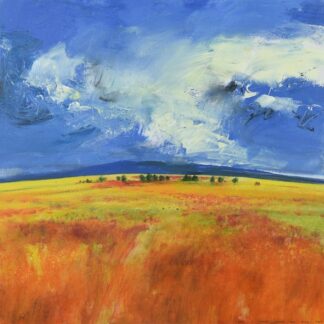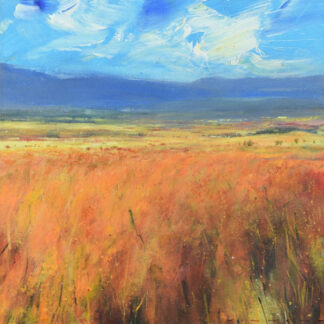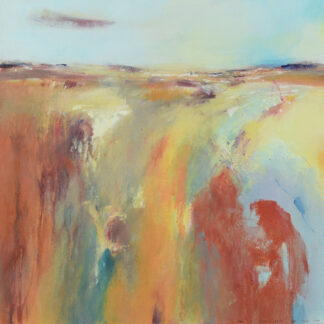Andrew Kinmont
Andrew studied Fine Art at University of Wales, graduating with a first class Honours degree in 2007. He then obtained further training through St Martins College London and Westdene College, Chichester. Since then his work has met with critical acclaim and sells locally and internationally. His work has appeared on the cover of RISK magazine and published in ‘101 Abstract and Non-Figurative Artworks’ (Published January 2015). He was selected as an associate member of the Royal Birmingham Society of Artists and his work is regularly selected for the prestigious Royal Institute of Oil Painters annual exhibition at the Mall Galleries, London. In recognition of his growing status his name was recently added to the notable “Who’s Who in Art’ (Movern Press). In 2016 Andrew was one of only a few artists selected for membership of the prestigious Manchester Academy Of Fine Art.
· RBSA Summer Exhibition June 2024, Member’s Exhibition Nov 2024 Jan 2025
· Membership of Manchester Academy of Fine Art
· Selected for Royal Institute of Oil Painters Exhibition, London
· “Top New Artist” Award from RiseArt
I have an overwhelming urge to create. This drive comes from deep within me, a need to explore and find something to say, to have my own individual voice. As humans we have evolved from nature and therefore have a deeply ingrained physical and spiritual connection with it. I create paintings as a response to my own experience of landscape. In these places of solitude I find tranquility and a level of contentment that comes from being alone with your own thoughts, memories and dreams.
I constantly experiment with a range of techniques to evoke the raw experience of nature. I like to go for a walks with my sketchbooks and camera and return to the studio to work from the images, memories and feelings. I alter things constantly in my paintings – I guess it’s like nature itself, in a continual state of change. I enjoy working on several paintings at the same time, constantly refining them or letting them rest as I decide what further work is needed. The resultant paintings are as much about my feelings and the atmosphere of a place as they are about how it looks. As a result they are not always ‘realistic’ and can be quite abstract. This is important as it allows viewers to bring their own interpretation and experience to the work.
-
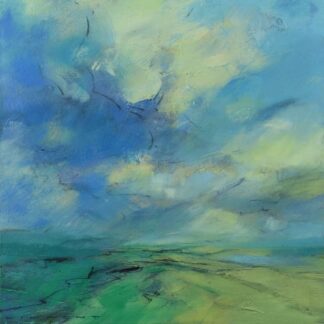
Nature’s Dance by Andrew Kinmont
£1,100.00Tags:
Add to basket Mixed Media,
Mixed Media,  New Work,
New Work,  Oil on Canvas Board
Oil on Canvas Board -

Breath Before The Storm by Andrew Kinmont
£1,100.00Tags:
Add to basket Mixed Media,
Mixed Media,  New Work,
New Work,  Oil on Canvas Board
Oil on Canvas Board -

Boundless by Andrew Kinmont
£1,100.00Tags:
Add to basket Mixed Media,
Mixed Media,  New Work,
New Work,  Oil on Canvas Board
Oil on Canvas Board -

Promise of Light by Andrew Kinmont
£2,100.00Tags:
Add to basket Mixed Media,
Mixed Media,  New Work,
New Work,  Oil on Canvas
Oil on Canvas -

Breath of Fresh Sky by Andrew Kinmont
£650.00Tags:
Add to basket Mixed Media,
Mixed Media,  New Work,
New Work,  Oil on Canvas Board
Oil on Canvas Board -

Under Glistening Skies by Andrew Kinmont
£1,500.00 Add to basket -

Cobalt Echoes by Andrew Kinmont
SOLD Read more -

Dappled Stillness by Andrew Kinmont
£1,500.00 Add to basket -

Radiance by Andrew Kinmont
SOLD Read more -

Seduction by Andrew Kinmont
SOLD Read more -

Rugged Mosaic by Andrew Kinmont
£1,300.00 Add to basket -

Lakeside by Andrew Kinmont
£1,200.00 Add to basket -

Tangerine Days by Andrew Kinmont
£1,200.00 Add to basket -

Autumn Rows by Andrew Kinmont
£1,200.00 Add to basket -

Fields Of Gold by Andrew Kinmont
£950.00 Add to basket -

Tangerine Summer II by Andrew Kinmont
£1,200.00 Add to basket

